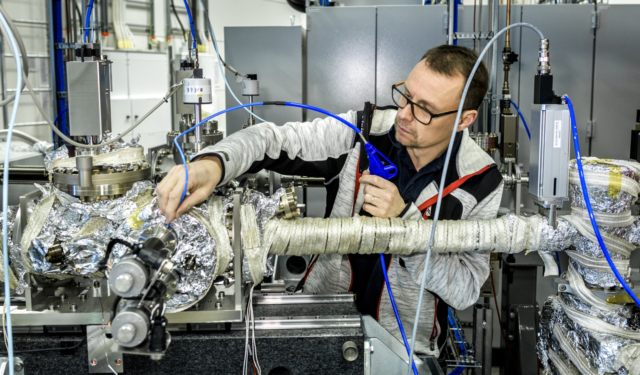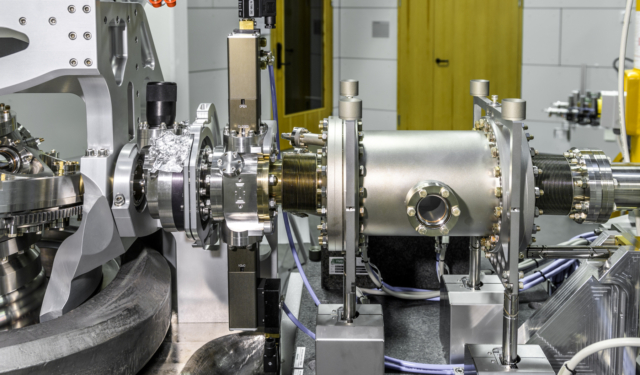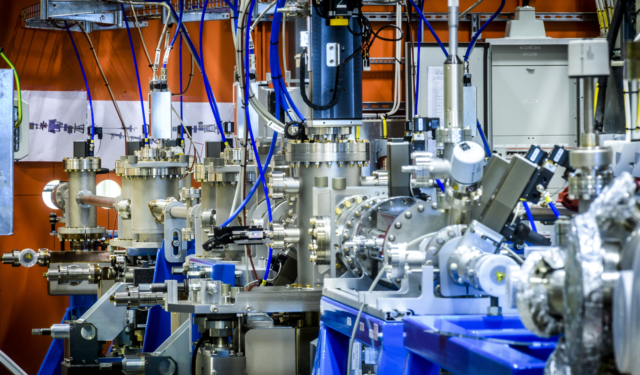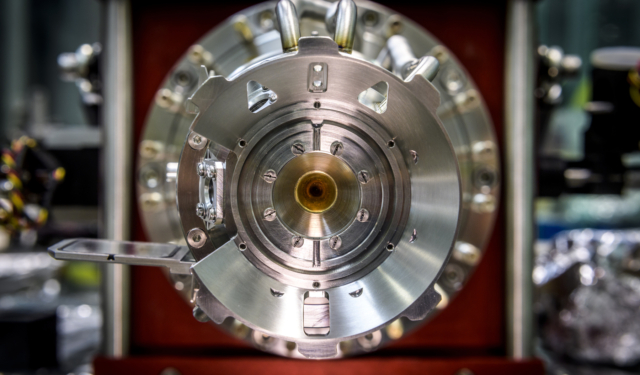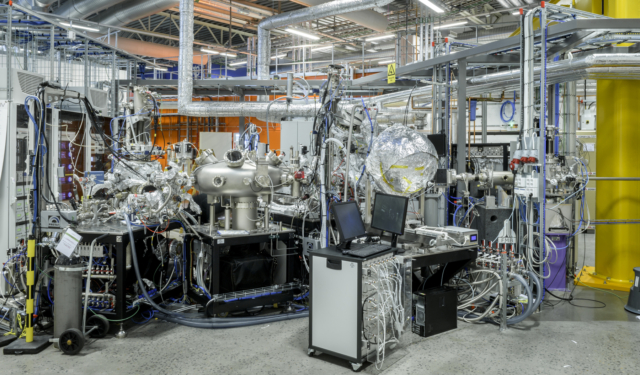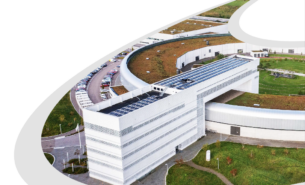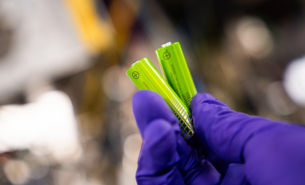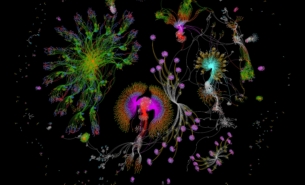Research on gas phase molecules, aerosols, liquids and free clusters
Investigating the interaction of light with molecules/clusters/liquids/aerosols and the determination of the properties of these systems and/or the dynamics that occur under certain conditions, provides fundamental answers that are essential to the understanding of a myriad of complex processes. Such processes span the entire scientific spectrum, from branches of physics and chemistry, to engineering and biology. Some of these occur in nature whilst others are important for industrial and technological advancement.
Specific examples that greatly impact our world include ionization processes and photoreactions that take place in the upper and lower atmosphere – contributing to climate and cloud formation, reactions relevant to industry – chemical, pharmaceutical and medical, and UV radiation damage to biological molecules that is known to adversely impact human health. Many of the above fields can benefit from the information gathered from Low Density Matter Research – i.e. research using samples in the gas-, cluster-, and, liquid- phases.
Low Density Matter research at MAX IV
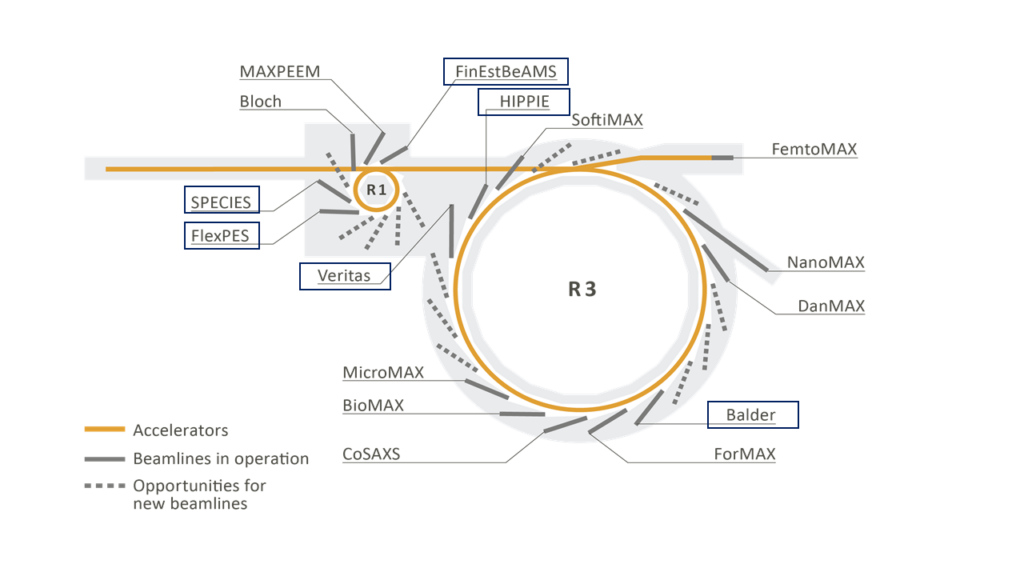
Low Density Matter research has a long history at MAX IV/MAX-lab and a strong and successful LDM community has been active at the lab since its inception.
A variety of cutting-edge spectroscopic methods are essential to the work of our LDM community and at MAX IV we strive to meet the experimental needs of our ever -expanding and -evolving community.
LDM-relevant beamline
We offer access to a number of LDM-relevant beamlines (highlighted within yellow boxes above and linked below) as well as a selection of mobile scientific equipment that is already/will be available for use at these beamlines.
Endstations and Available techniques
| Beamline | End station | Experimental technique | Compatible sample delivery | Additional remarks |
| FinEstBeAMS | Gas Phase Endstation (GPES) | XPS TOF-MS PEPI(PI)CO NIPICO | Gas phase samples Clusters Liquid microjet Aerodynamic lens sample delivery system (ASDS) | |
| Magnetic Bottle Electron Spectrometer (MBES) | Multi-electron coincidences | Gas phase samples Clusters | Available in collaboration with experienced users - contact staff for details | |
| FlexPES | ICE endstation | COLTRIMS PEPIPICO | Gas phase samples Clusters | Can be used during either single bunch or multibunch delivery |
| LDM photoemission endstation | XPS | Gas phase samples Clusters Liquid microjet | Liquid flat jet under development ASDS foreseen for the future |
|
| Magnetic Bottle Electron Spectrometer | Multi-electron coincidences | Gas phase samples Clusters | Available in collaboration with experienced users - contact staff for details Soft x-ray chopper available for use with MBES |
|
| Veritas | VINO Spectrometer | RIXS | Gas phase samples Liquid microjet | Commercial liquid flat jet nozzles available |
| SPECIES | GRACE Spectrometer | RIXS | Gas phase samples | |
| HIPPIE | Solid-Liquid endstation | AP-XPS | Liquid microjet |
MAX IV storage rings
| Accelerator name | R1 | R2 |
| Energy (GeV) | 1.5 | 3 |
| Photon Energy | 4.5 eV - 1500 eV | 200 eV - 35 keV |
| Circumference | 96 m | 528 m |
| No. of bunches in multi-bunch mode | 32 | 176 |
| Bunch interval in multi-bunch mode | 10 ns | 10 ns |
| Bunch length (RMS) | ~70-213 ps | ~29 ps |
| Stored current | 400 mA (planned: 500mA) | 350mA (planned: 500 mA) |
| Single bunch mode (Y/N) | Yes | No |
| Stored current in single bunch mode (to date) | 22 mA | - |
| LDM-relevant beamlines | FinEstBeAMS, FlexPES, SPECIES | Veritas (Emax: 1500 eV), HIPPIE (E max: 2200 eV) |
Single-bunch operation
There is usually 1 week of single-bunch delivery during Fall and Spring terms. If you want to apply for a beamtime with single-bunch operation only, you should indicate it clearly in your beamtime proposal. For more information please contact us.
We welcome input from our user community and potential users
Contact us for any questions, suggestions for future research directions, equipment development, etc.
